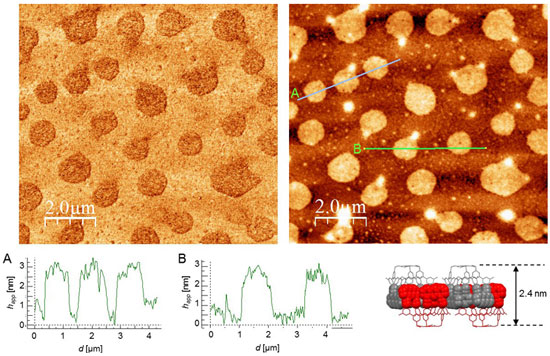 A new report has analysed the US$3.5 billion market for converted flexible packaging in the Middle East and Africa. According to the
A new report has analysed the US$3.5 billion market for converted flexible packaging in the Middle East and Africa. According to the
report compiled by PCI Films Consulting, the Middle East and Africa accounts for around 5% of the total global converted flexible packaging market of US$65 billion. With a population of 1.2 billion people, this equates to a per capita consumption of less than US$3 per year.
The largest national markets are South Africa, Iran, Nigeria, Egypt and Saudi Arabia, which together account for more than 50% of the regional total.
Many African economies have grown relatively strongly in recent years and business practices are modernising. Food production in many areas is growing in scale and sophistication, with multinationals such as Nestlé responding to the opportunities by committing to major investment.
With increasing food production comes increasing sophistication in distribution, logistics and packaging, and flexible packaging demand grew on average by 5% per annum between 2007 and 2010, with 7% growth in 2010.
The report also demonstrates that Nigeria, Egypt and Kenya have grown substantially above the average trend while South Africa, Morocco and Syria have seen growth significantly below the regional average.
The region continues to be a net importer of flexible packaging especially into Africa, much being sourced from Europe and increasingly from India and China.
There is also substantial intra-regional trade, with converters in Saudi Arabia and UAE making use of the films produced as part of downstream petrochemical diversification within those countries.
The other substantial success story has been the influx of Indian entrepreneurs, who have established thriving converting operations in Nigeria and the UAE. PCI have identified 270 converters of significance throughout the region plus another 100 smaller players.
In terms of end-use markets, food and food security is of increasing significance as populations rise. Major multinationals are making land investments and food production both to feed indigenous populations and for export, and to address the increasing urbanisation of the population as economies grow.
At present, only a small percentage of the food eaten is pre-packaged. As urban populations increase so the demand for better food preservation, logistics and packaging will follow.
There are also end-use flexible packaging segments that appear particularly significant within individual countries, for example, dairy products in Tunisia, retort pouches and wet wipes in Israel, juice sachets in Iran, fresh dates packaging and ice-cream cone wrappers in Saudi Arabia, and flexo printed diaper over-wraps in Syria.
The Middle East and Africa Flexible Packaging Market 2011 report, which costs 2,250 euros, forecasts national and regional demand through to 2015. It analyses the key drivers, major growth factors, important end-use sectors and converters, with profiles of 16 national markets and regions.
Source : www.adsalecprj.com






